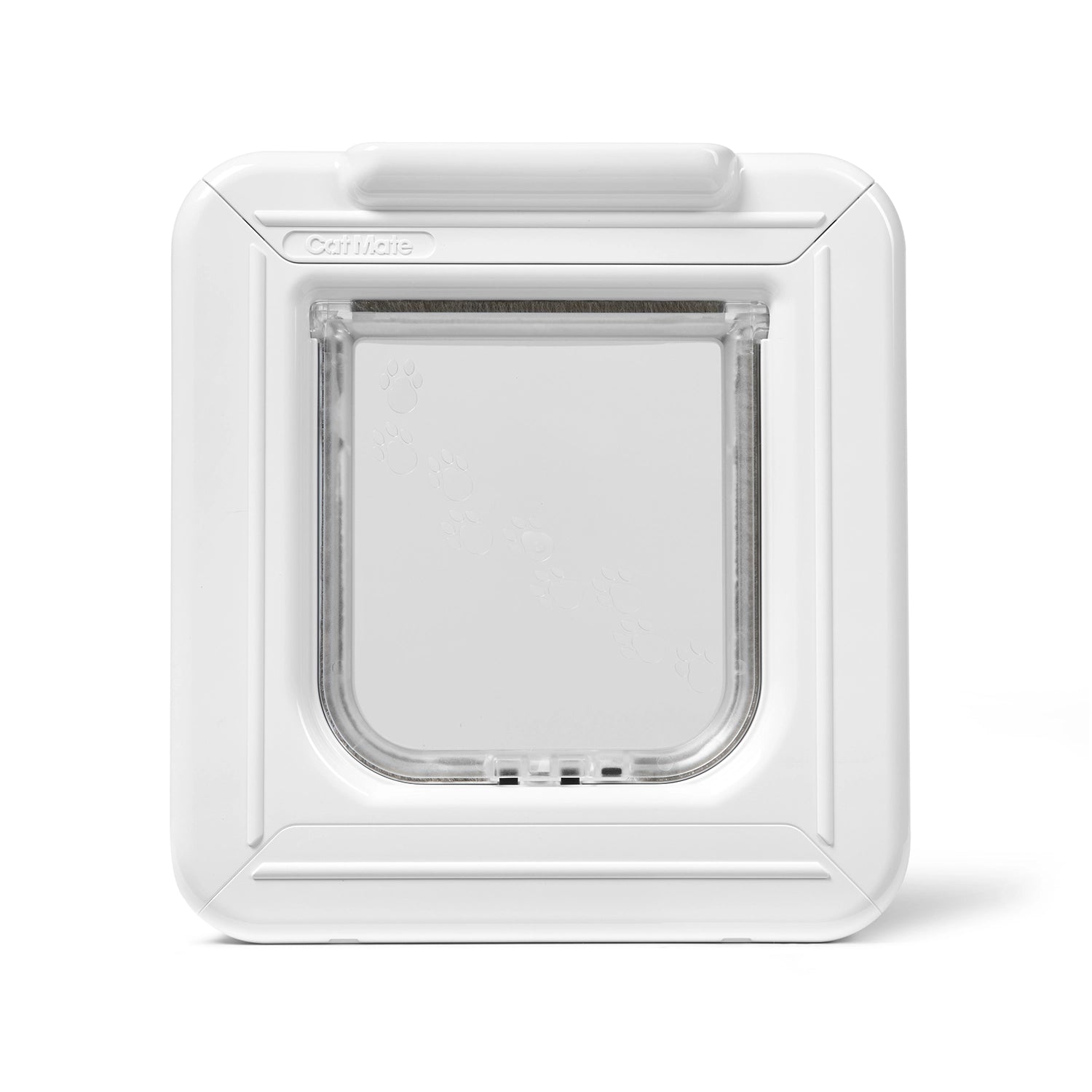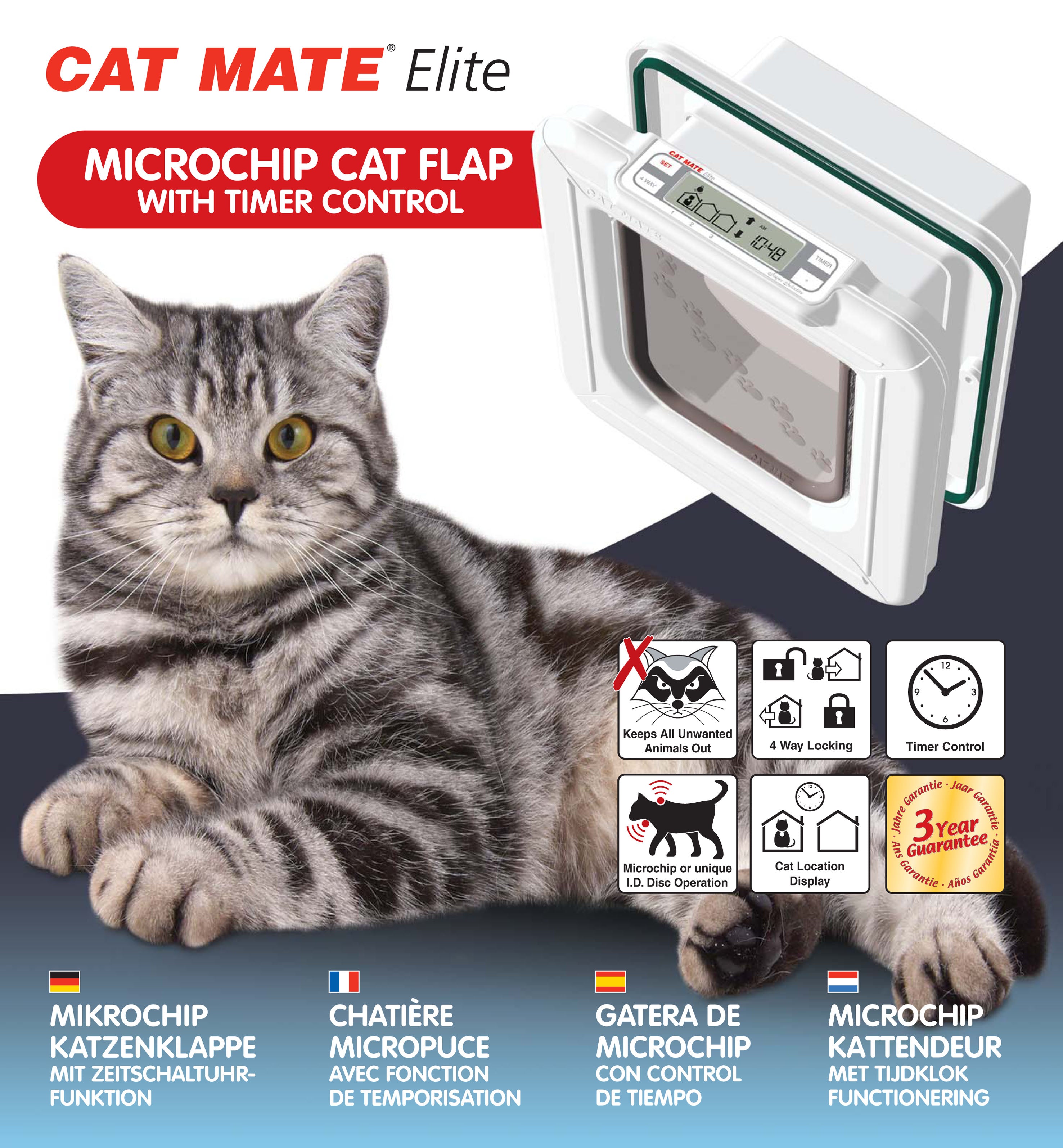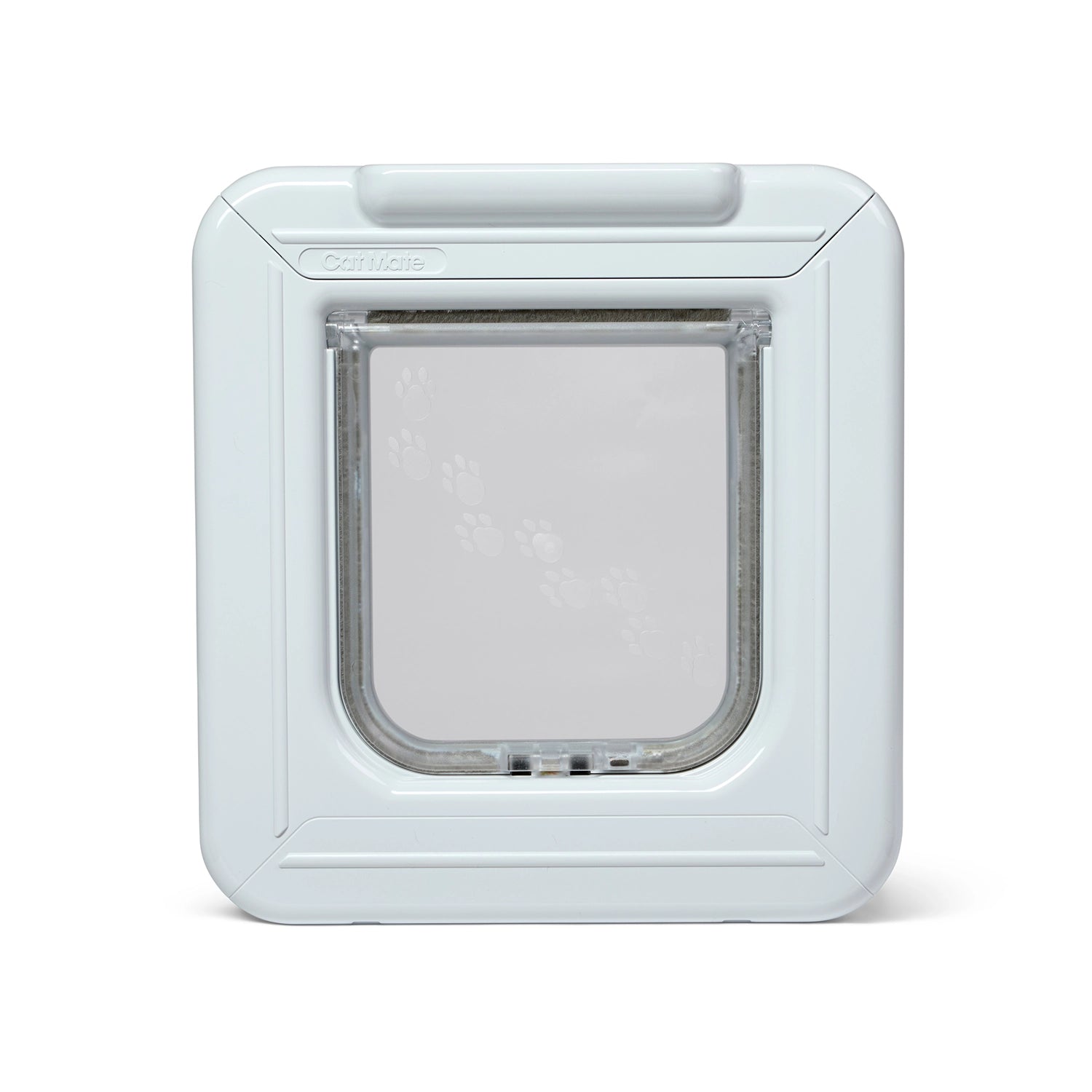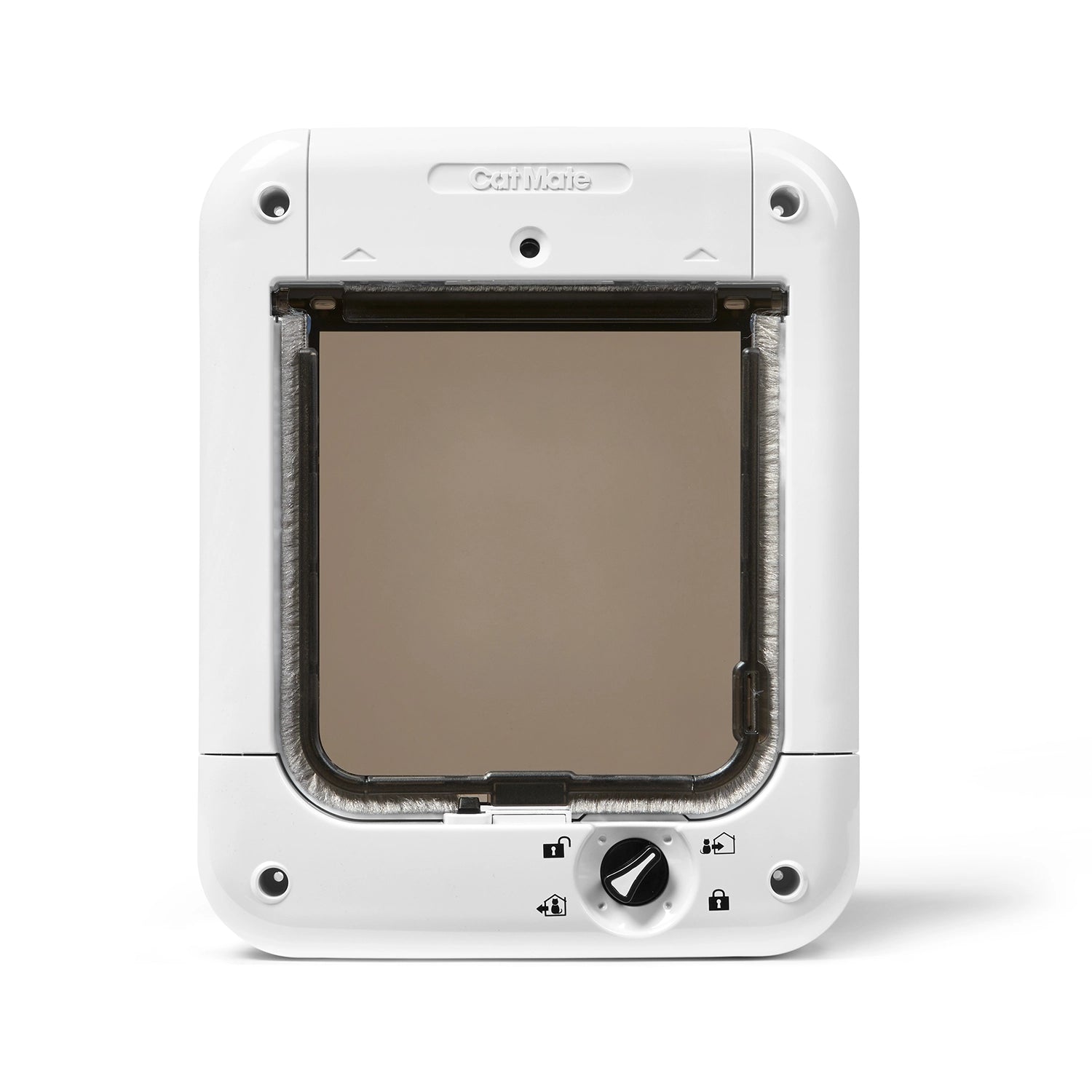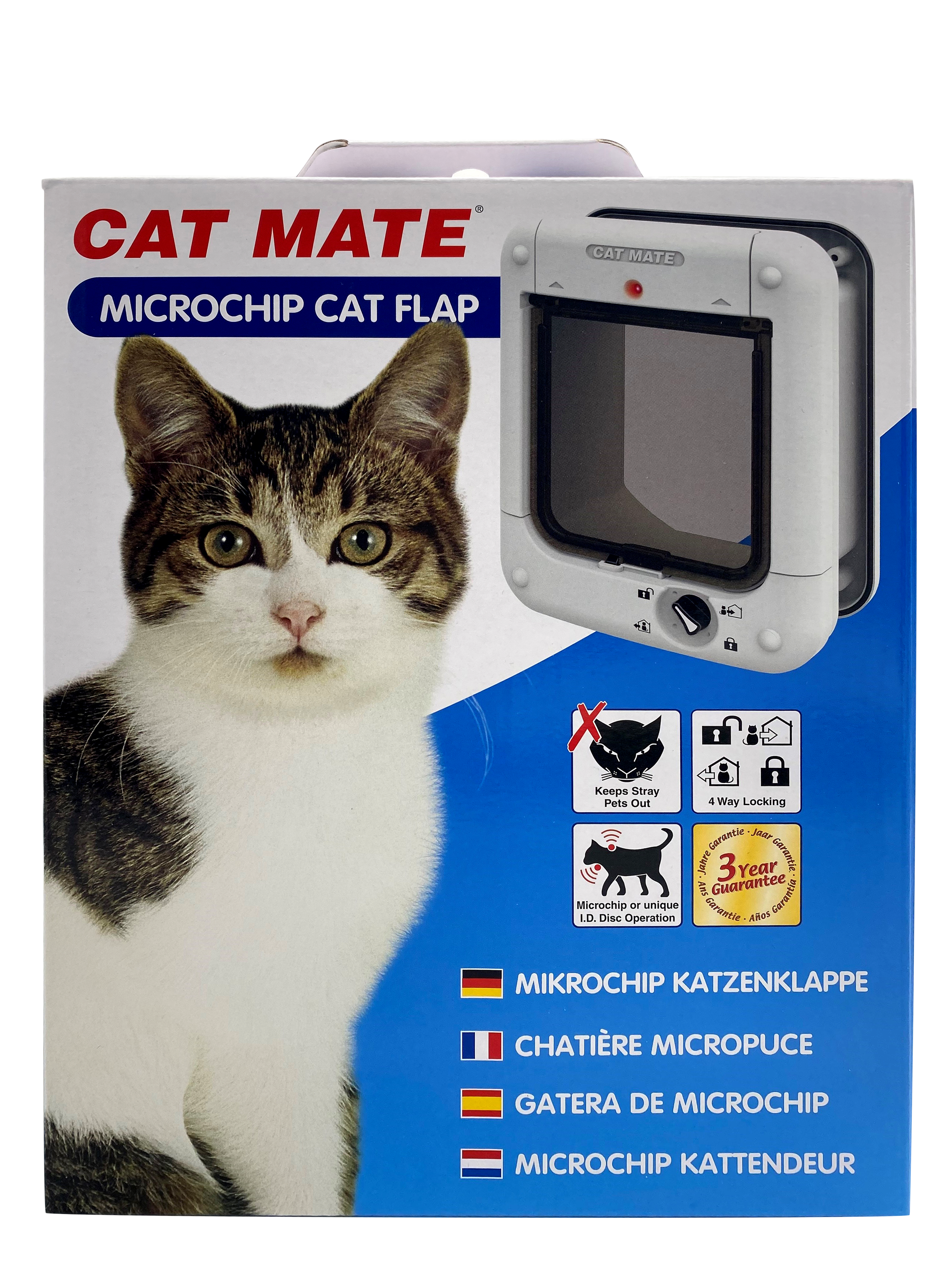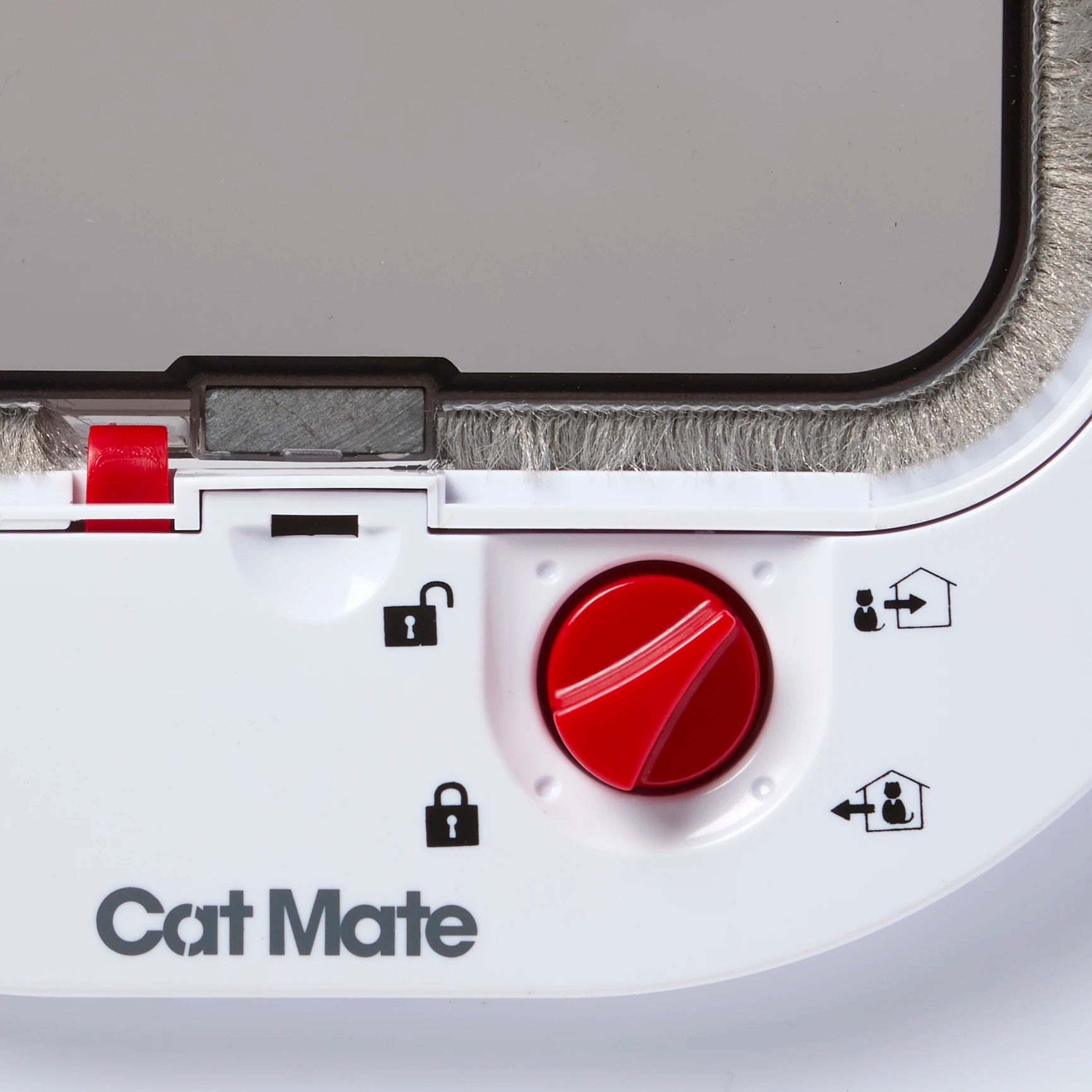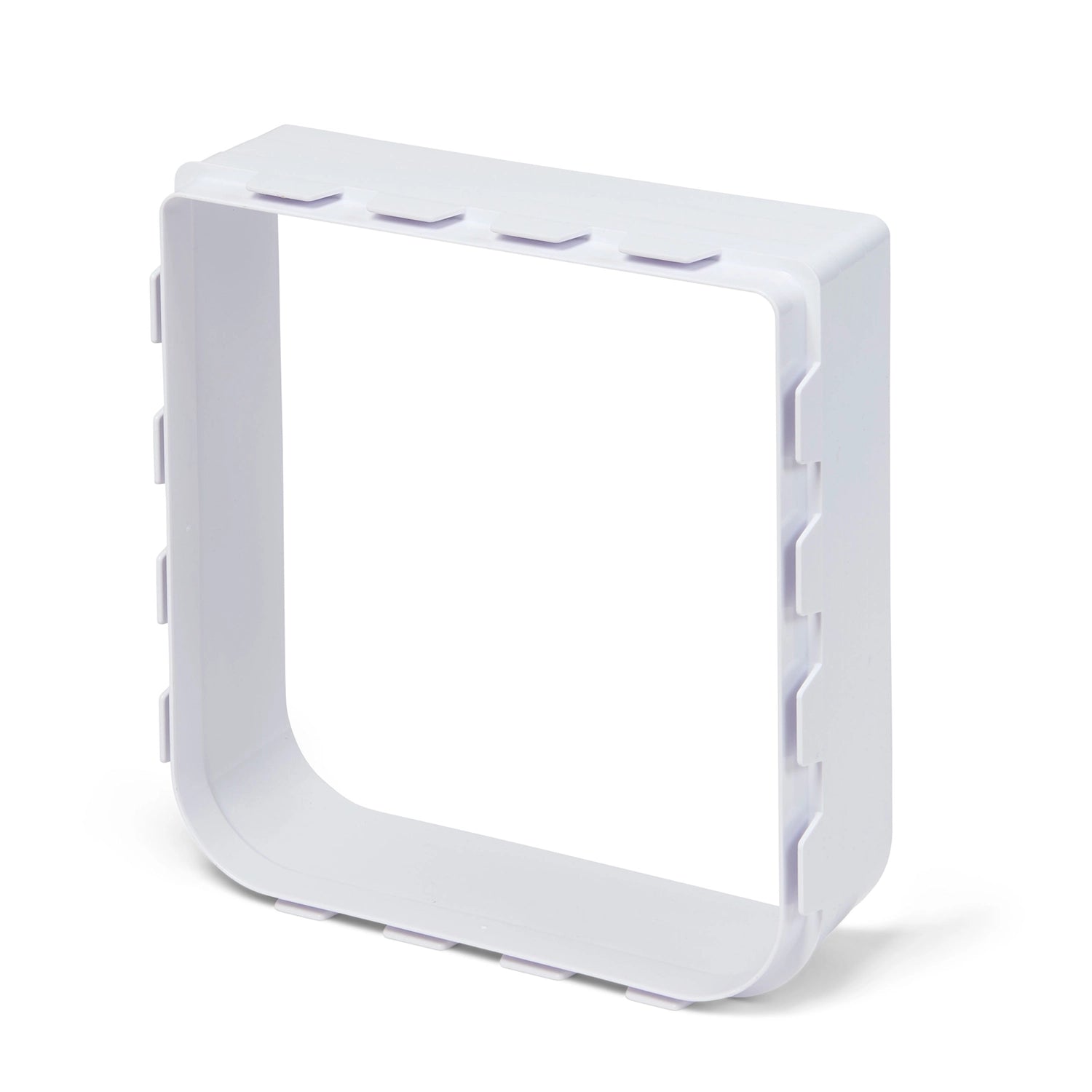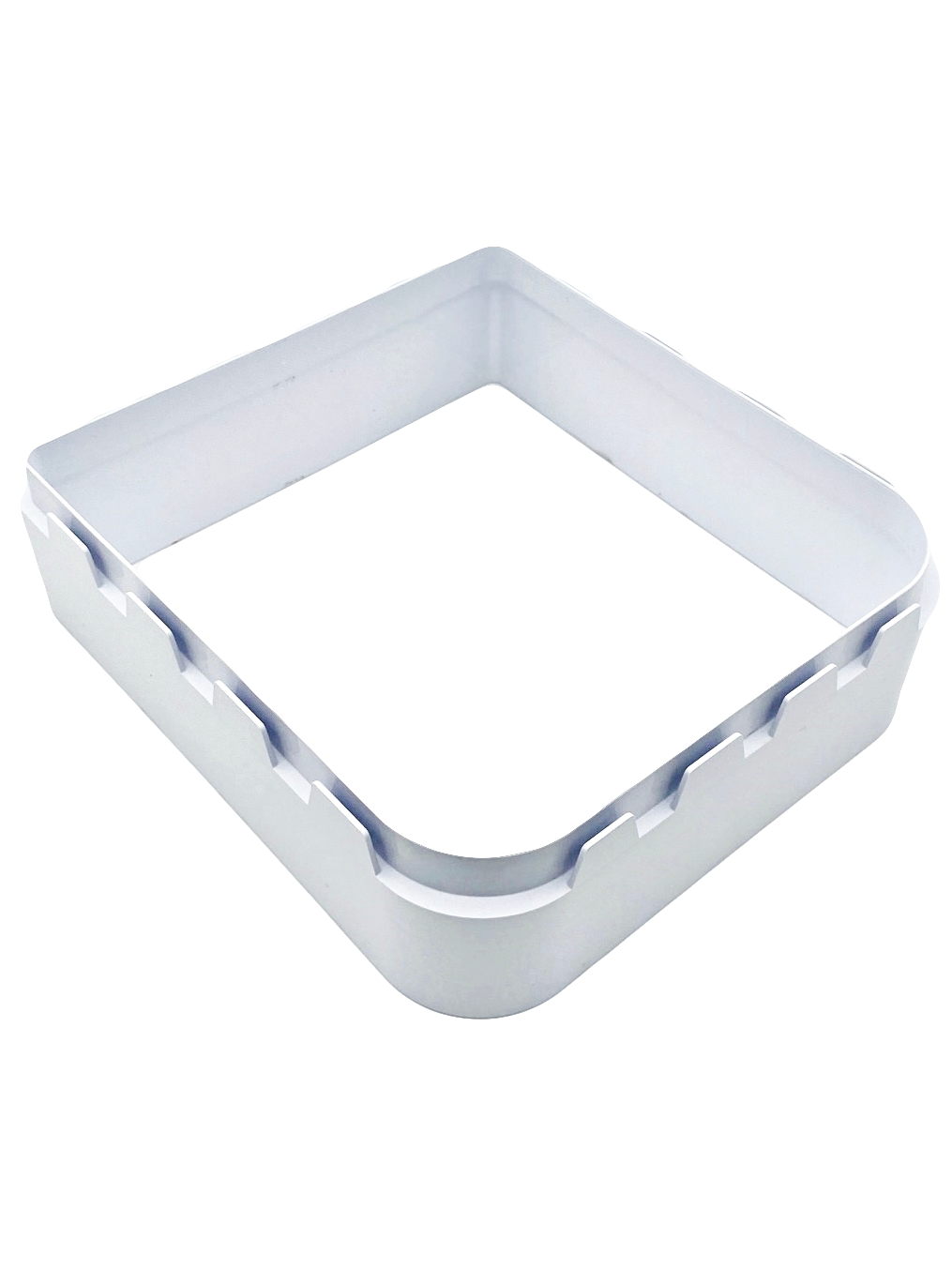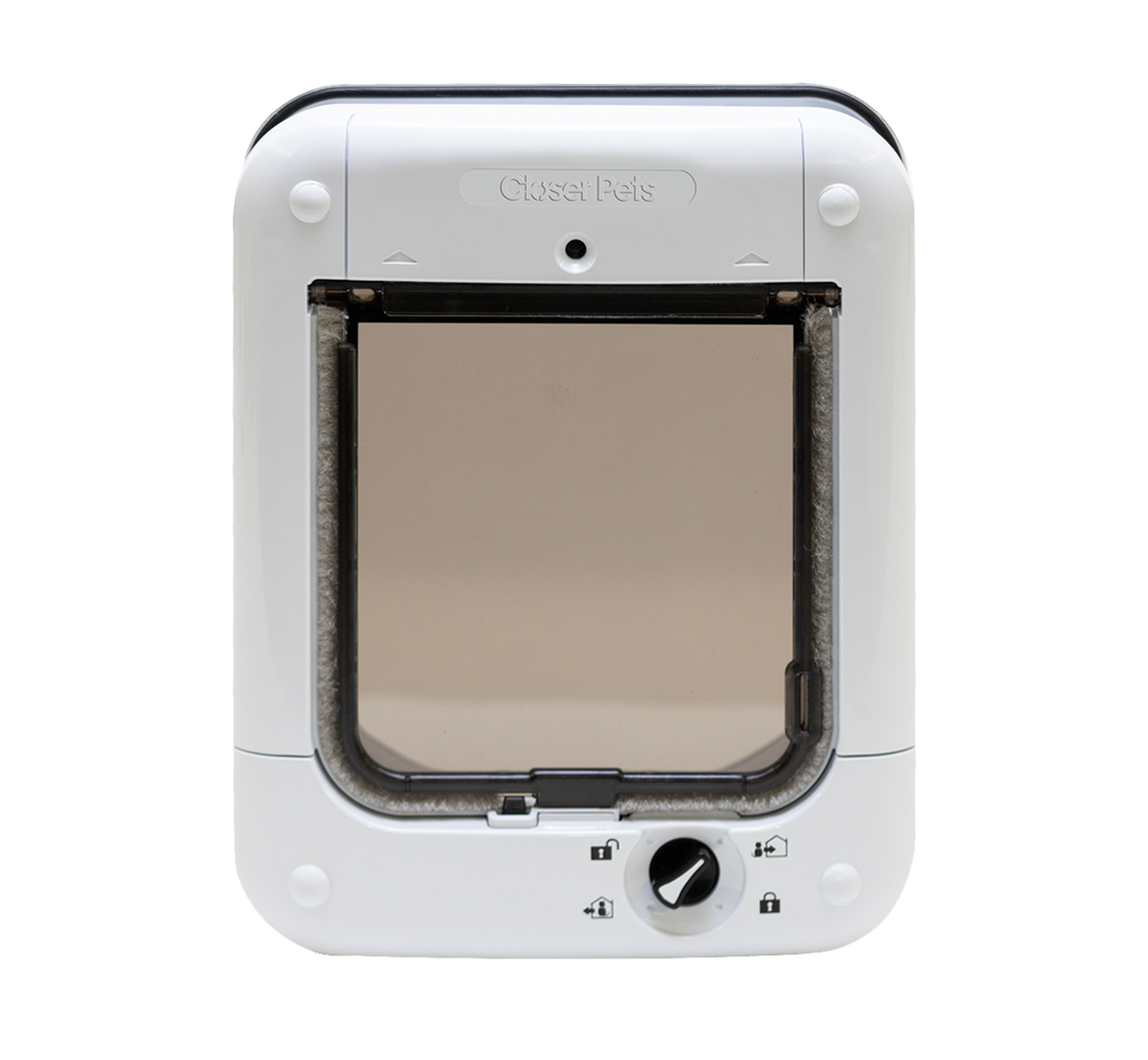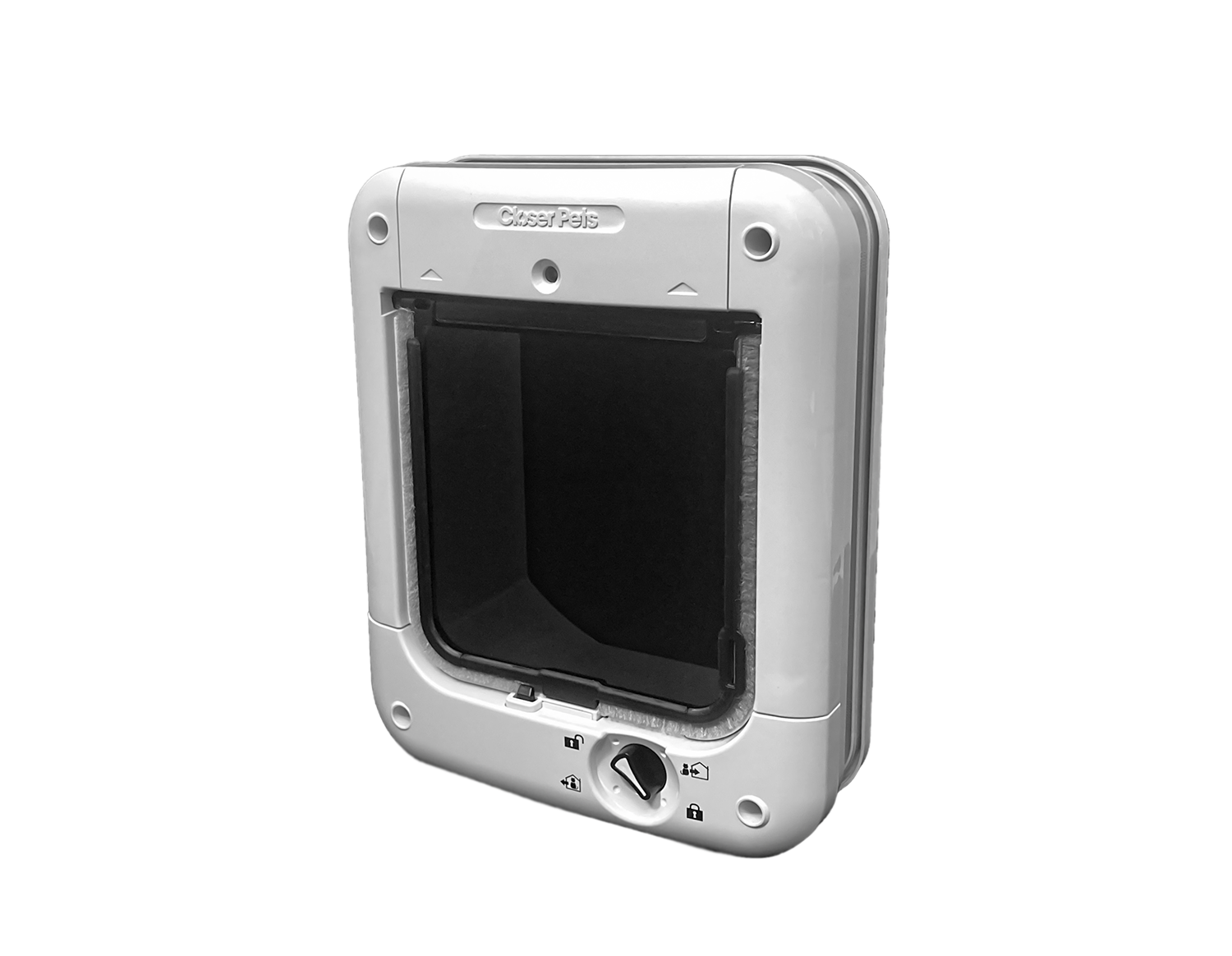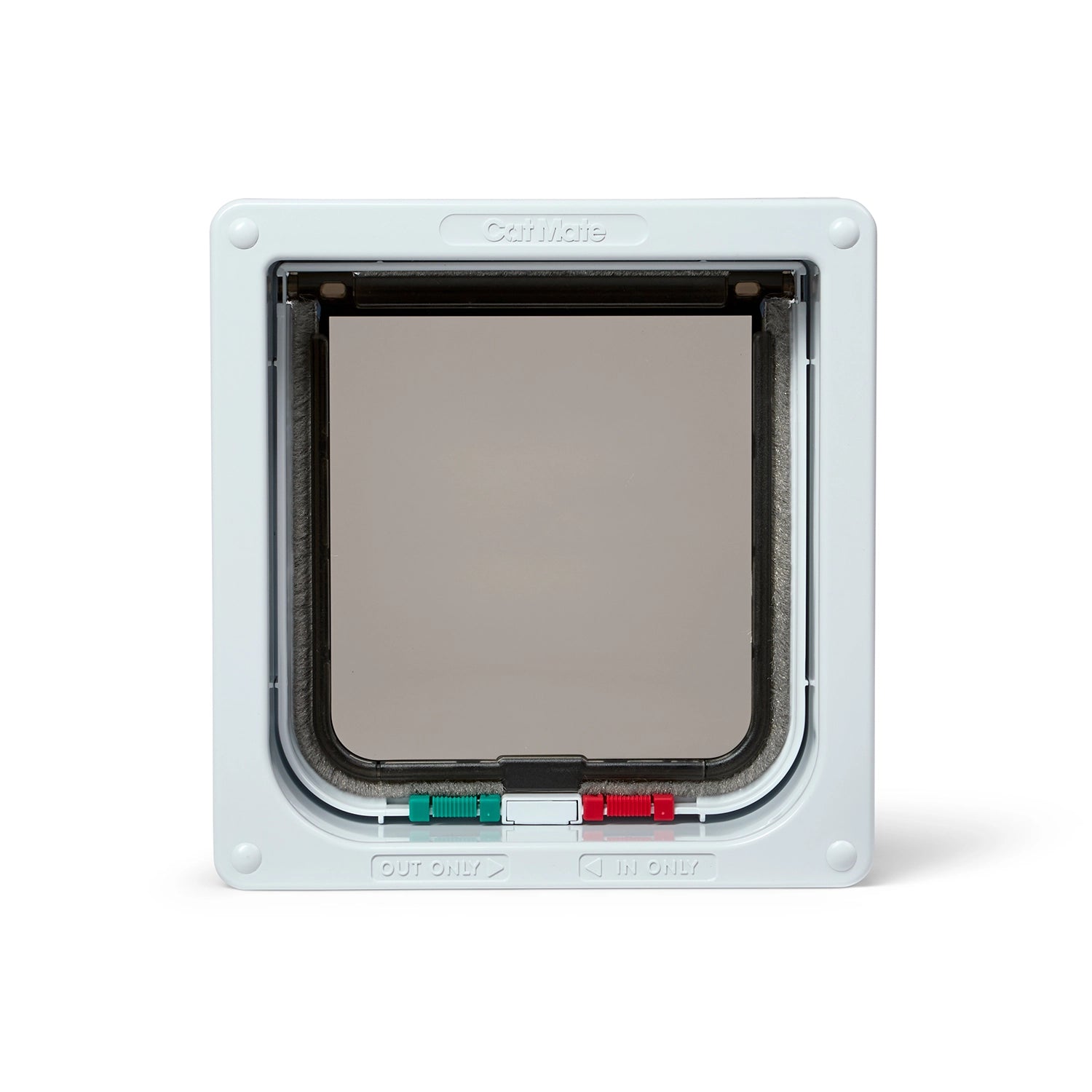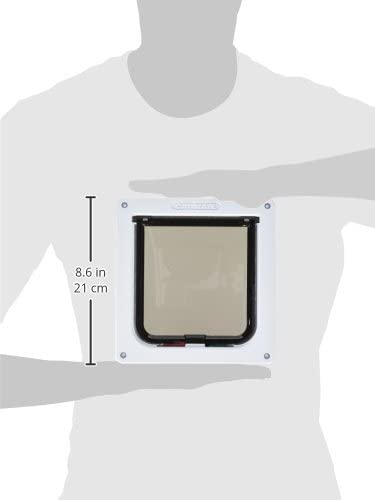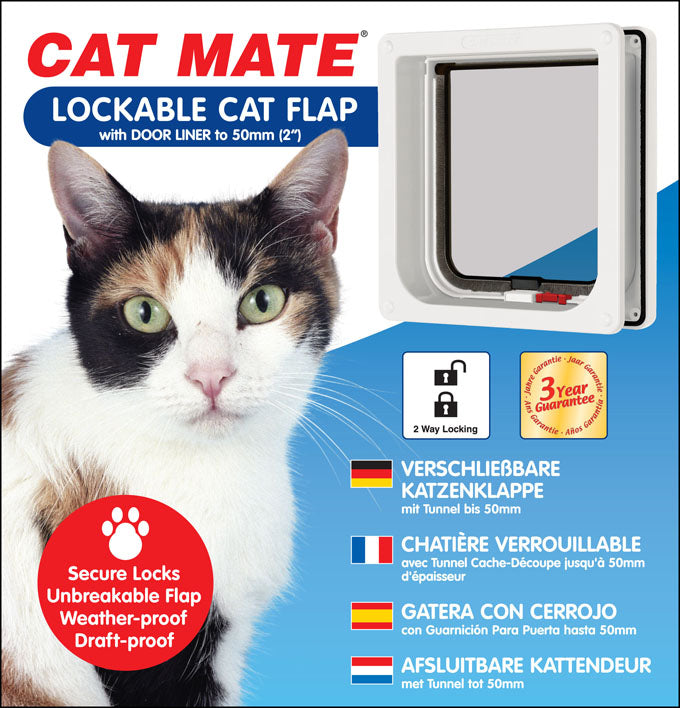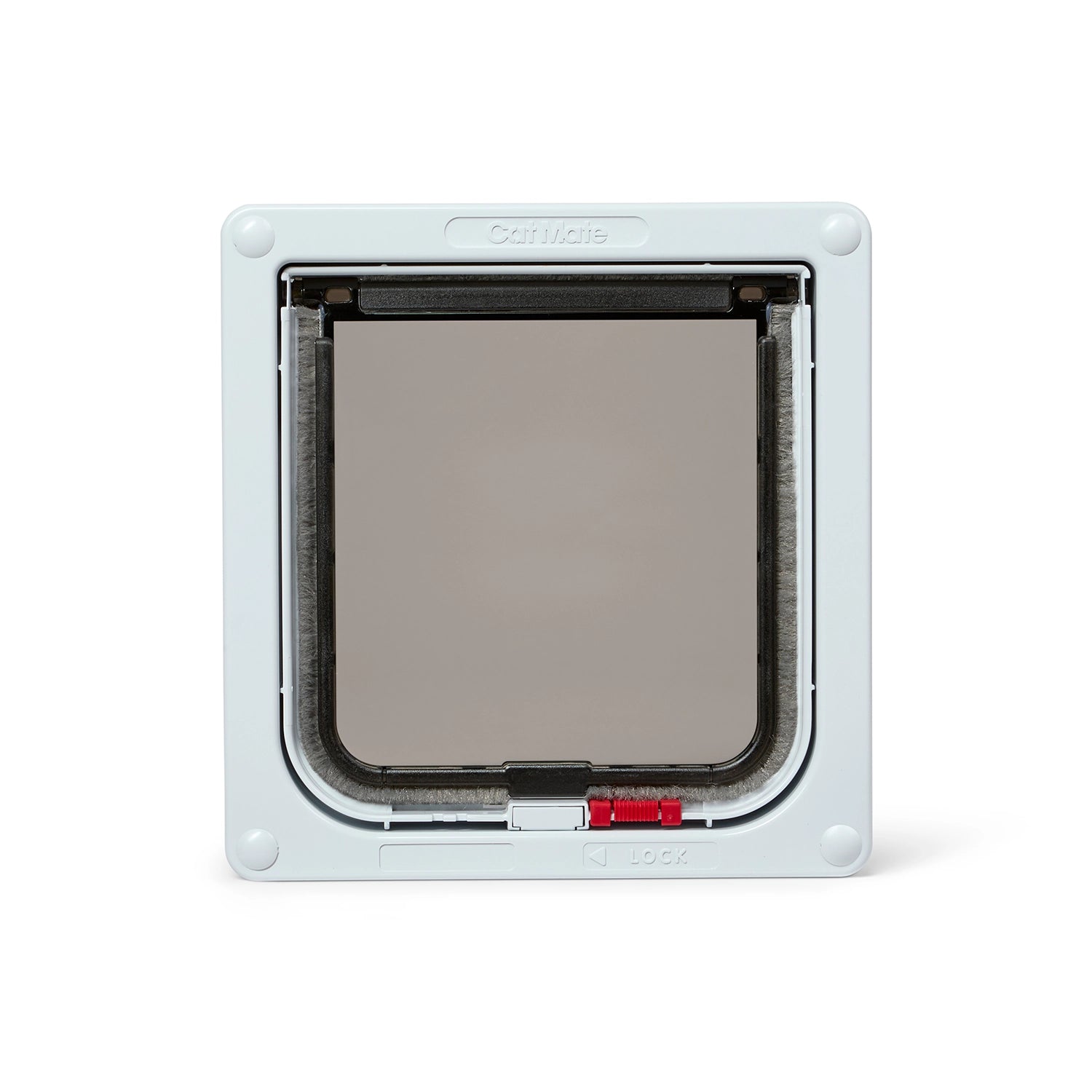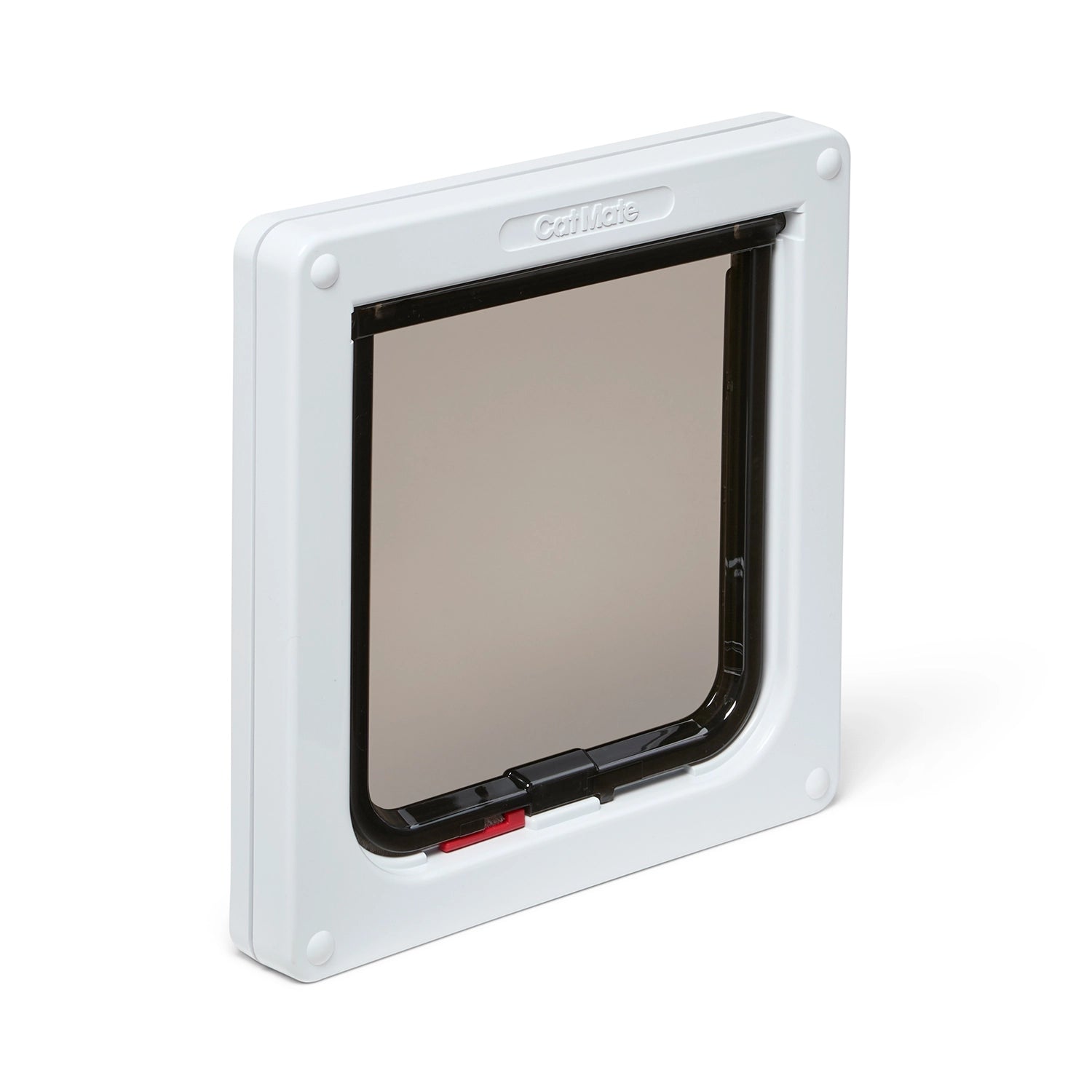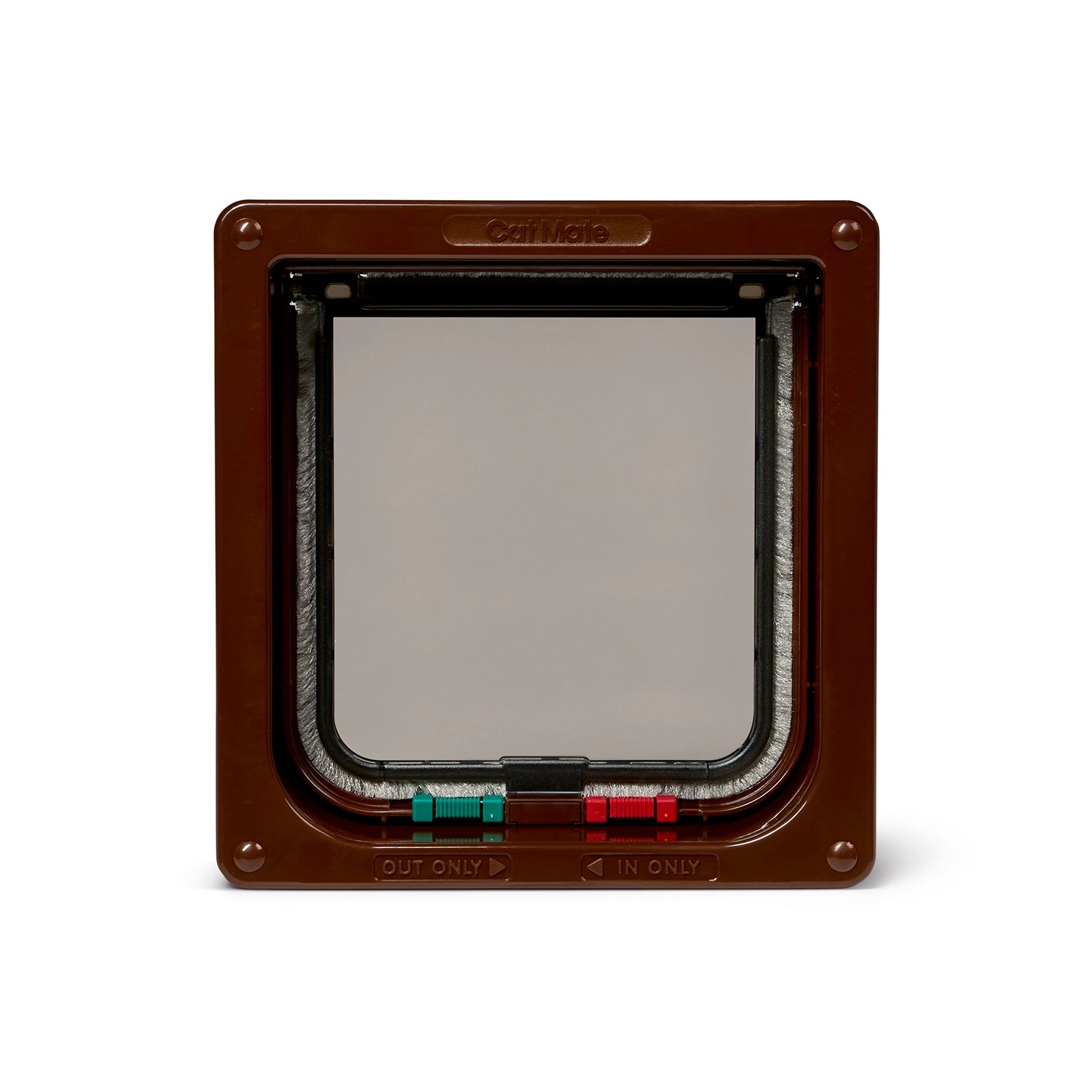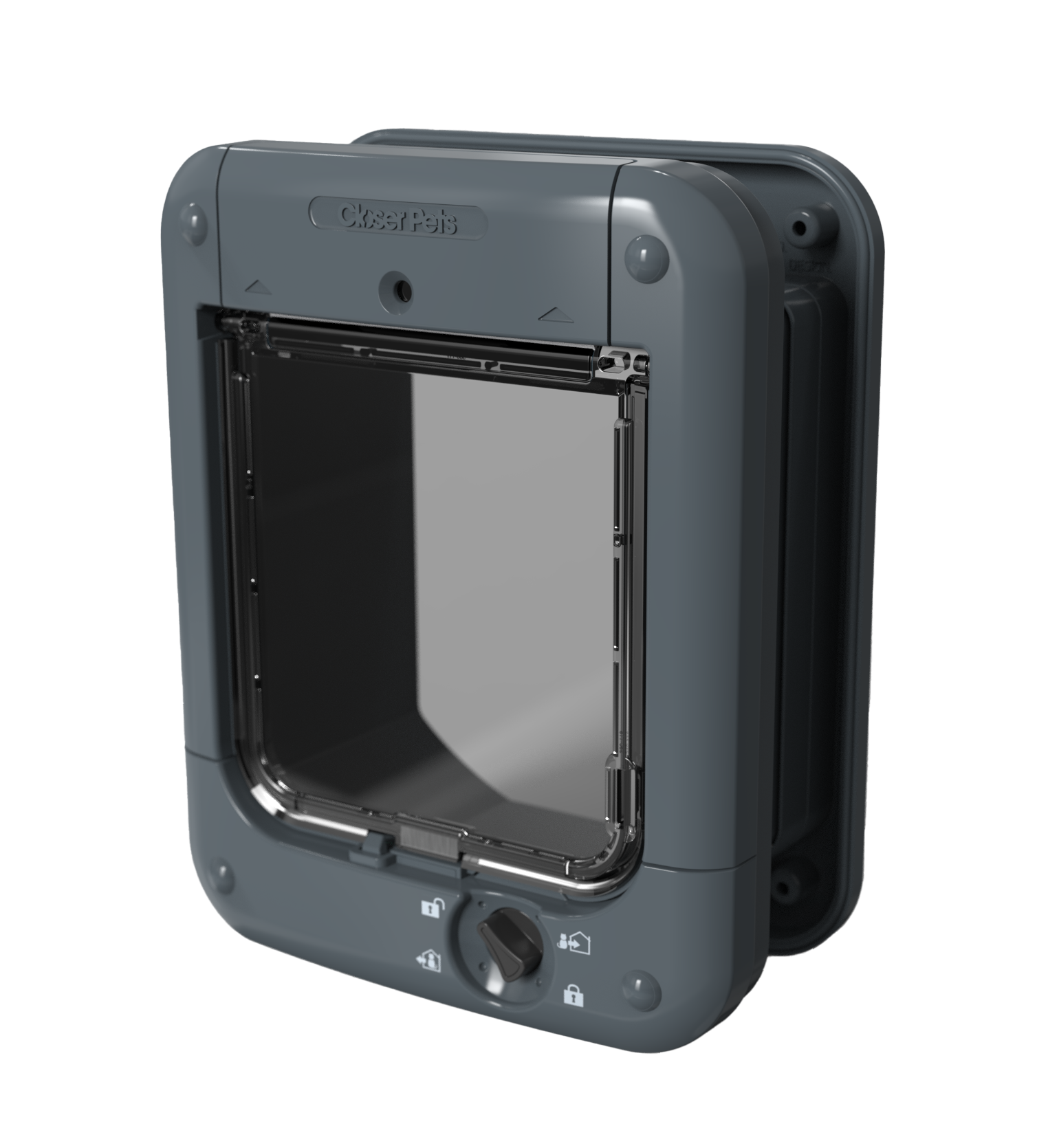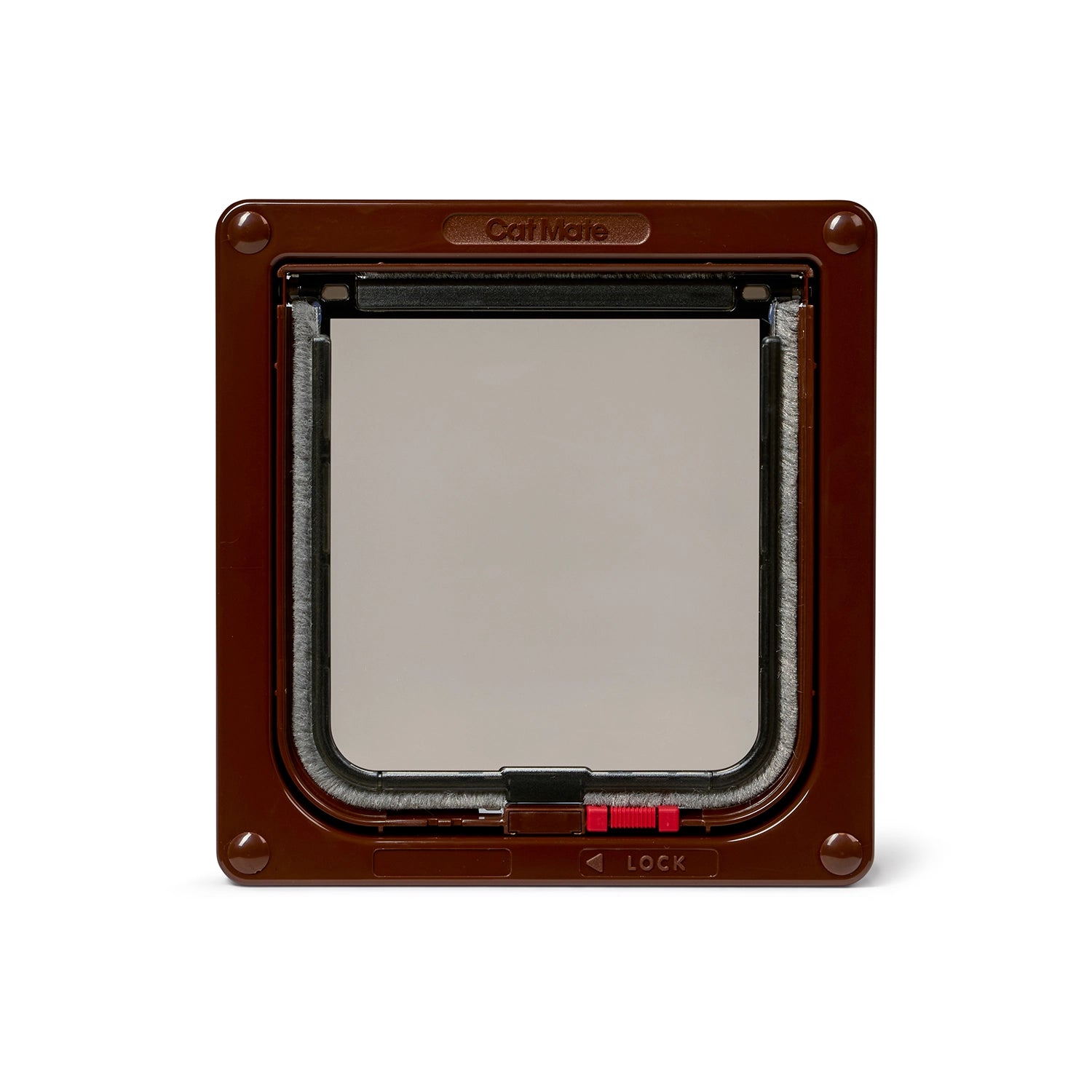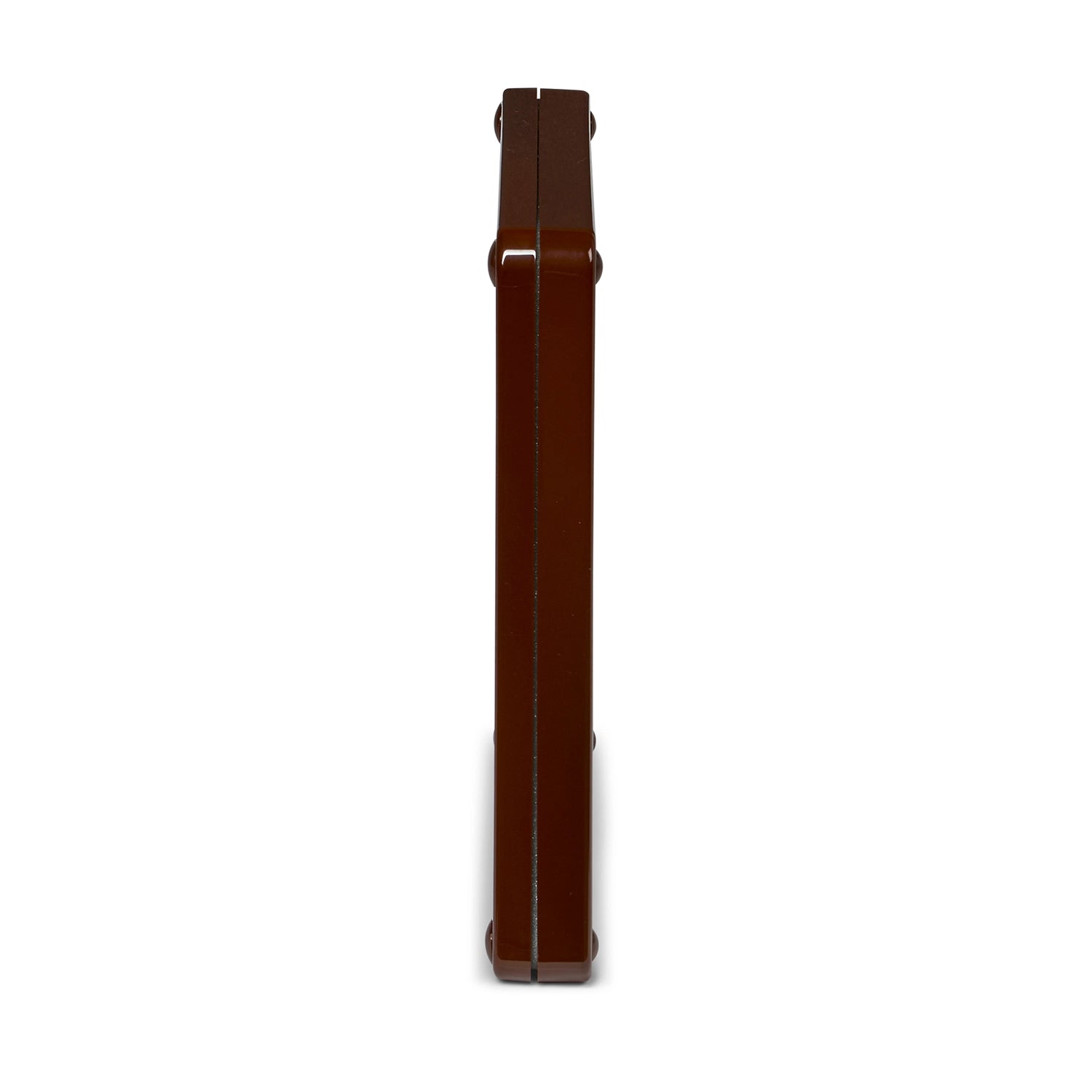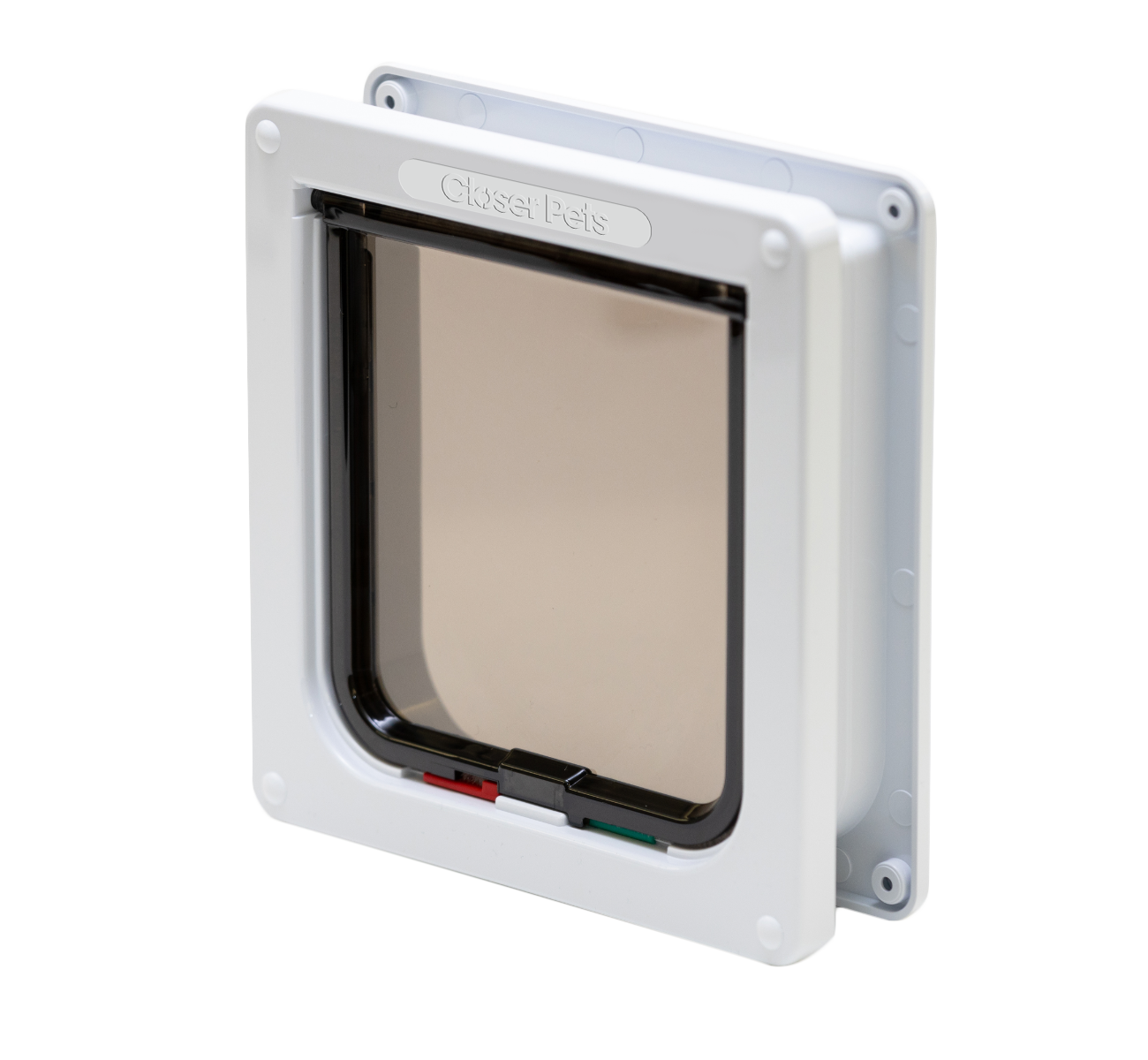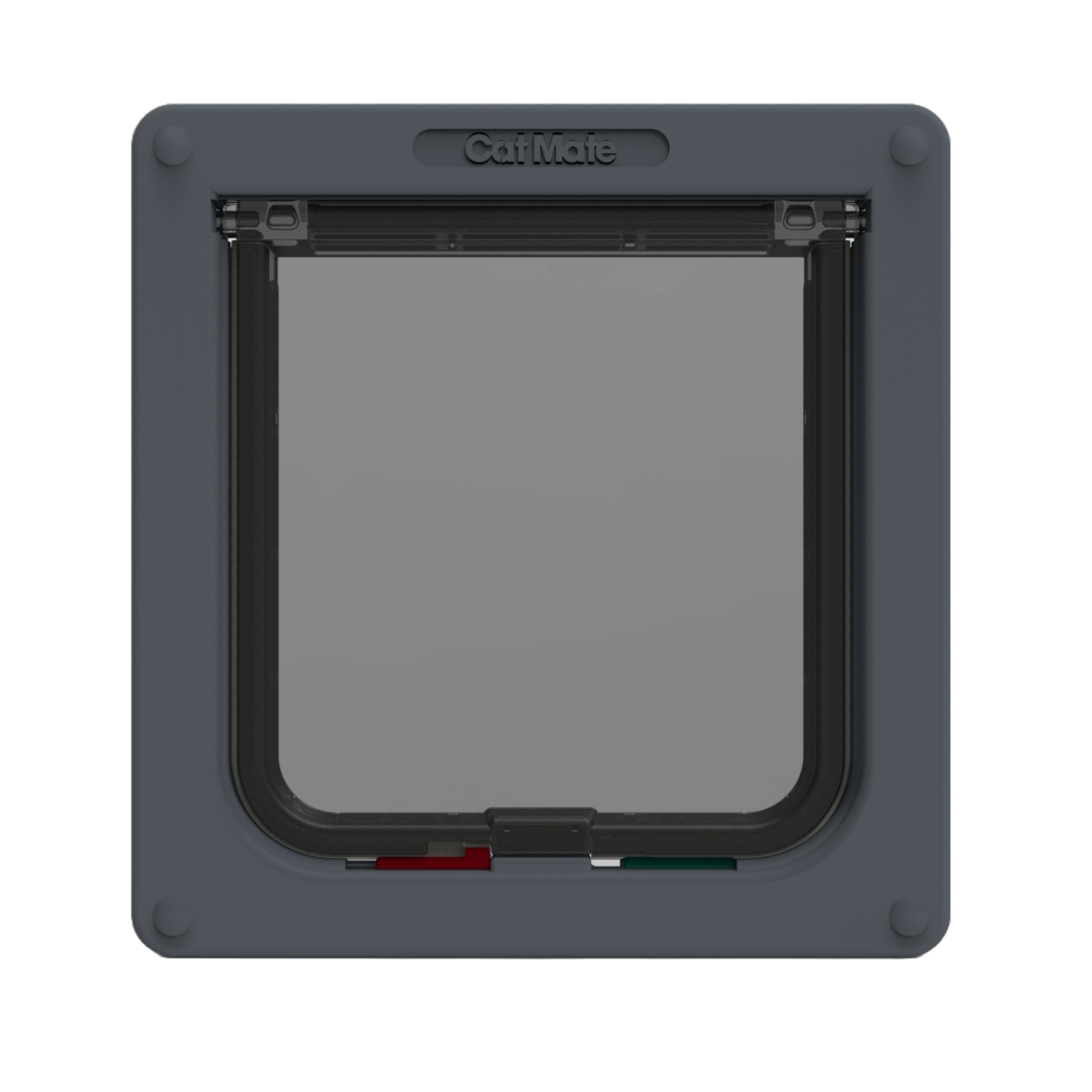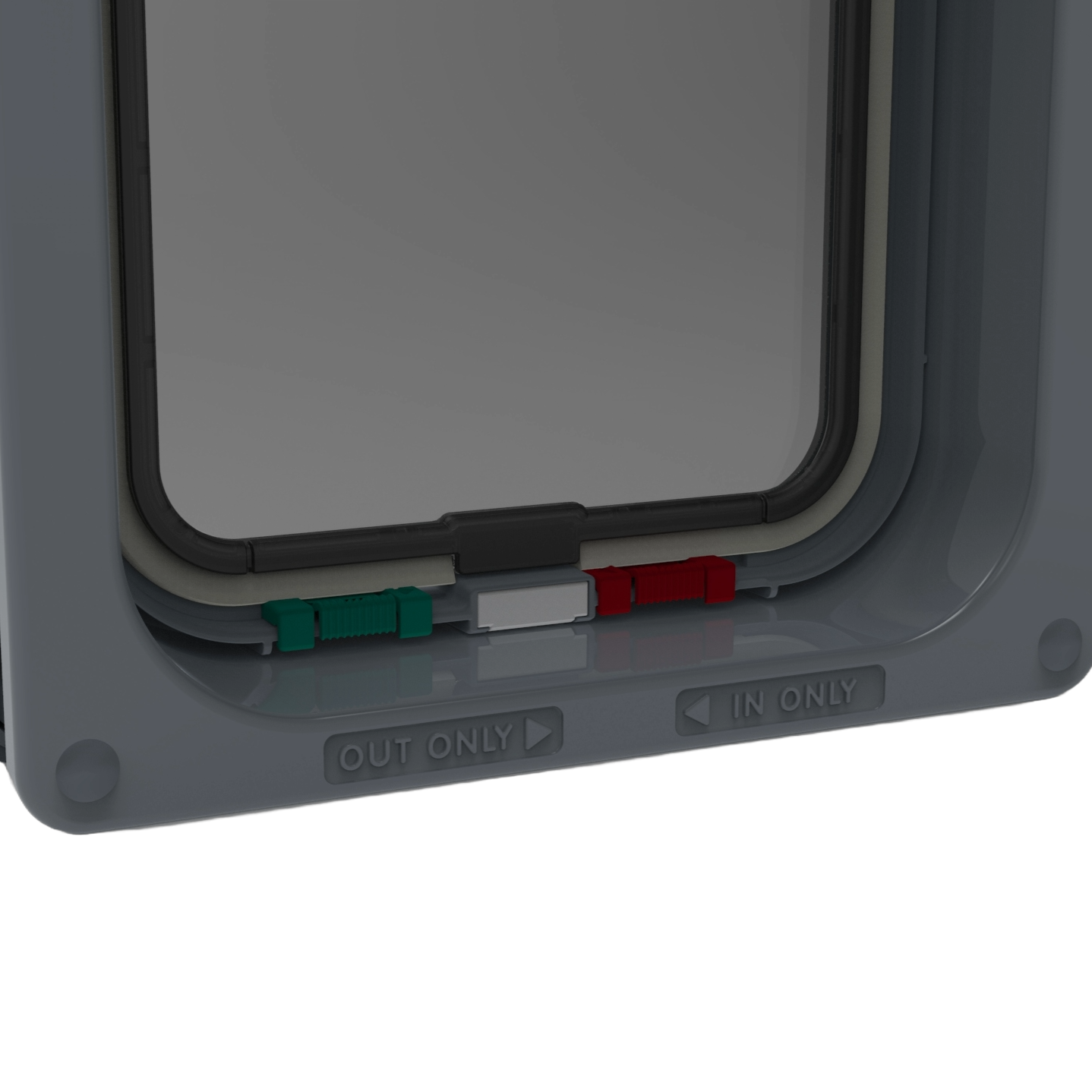Recently viewed
Cat Flaps for wooden door FAQs
No, you don’t have to use a cat door flap, but your cat might appreciate it. Some cats love the indoors and using a litter tray. Others don’t. You can quickly tell which your cat prefers by how often they sit by the door or window crying to go out!
If your cat wants the freedom to come and go as they please, it would benefit both of you to use a cat door flap!
Cat flaps for wooden doors are simple to install and come with full fitting instructions. As long as you’re comfortable with basic tools, it shouldn’t take long at all.
Mark out the hole for the flap ensuring it’s low enough for the cat to be able to use. Measure twice and cut once. Cut the hole to size, fill in any gaps and place either side of the cat flap on the door. Secure into place using the enclosed fixings and you’re good to go.
Yes, you can lock a cat flap for a wooden door. Some cat door flaps come with a manual lock, others with an electronic lock, some with both. All manual cat doors have a sliding door to secure your home when you’re not there or when you want to keep your cat inside.
That’s the beauty of our cat flaps. You provide the freedom to come and go when it suits and can restrict or block that when you need.
Yes, you can keep other cats out when using some of our cat flaps for wooden doors. Select a microchip or electromagnetic cat flap and you can keep other cats out.
These cat flaps use your cat’s microchip or a magnetic collar tag to allow entry. The door will automatically unlock when your cat approaches but will remain locked with neighboring cats come calling.
No, it isn’t difficult to train a cat to use a cat door flap. It may take patience though. Some cats will figure it out all by themselves. Others will need a little help.
You could introduce them to the cat flap when you’re ready and gently push them through. Or, you could leave them inside and hold a nice treat on the other side and call their name. If your calling doesn’t encourage them, the treat certainly will!

